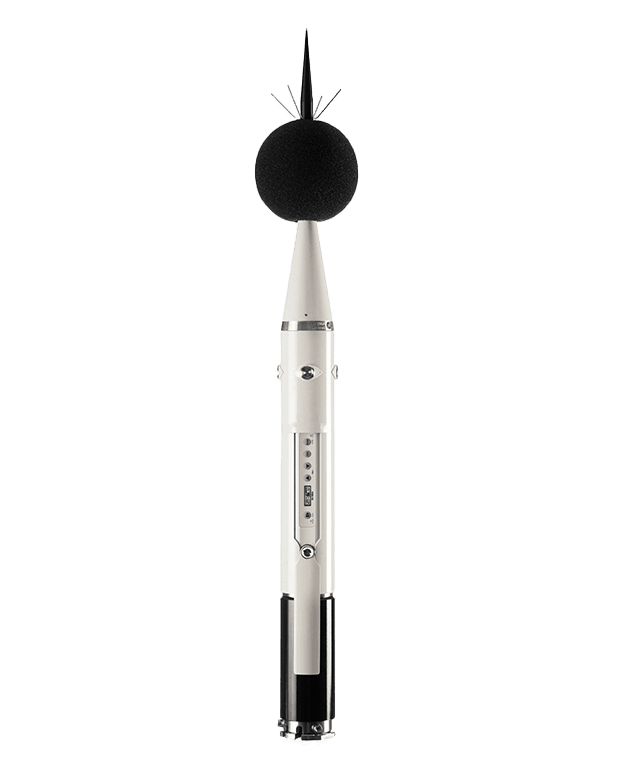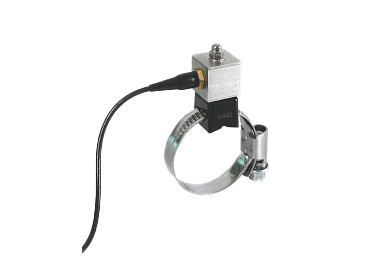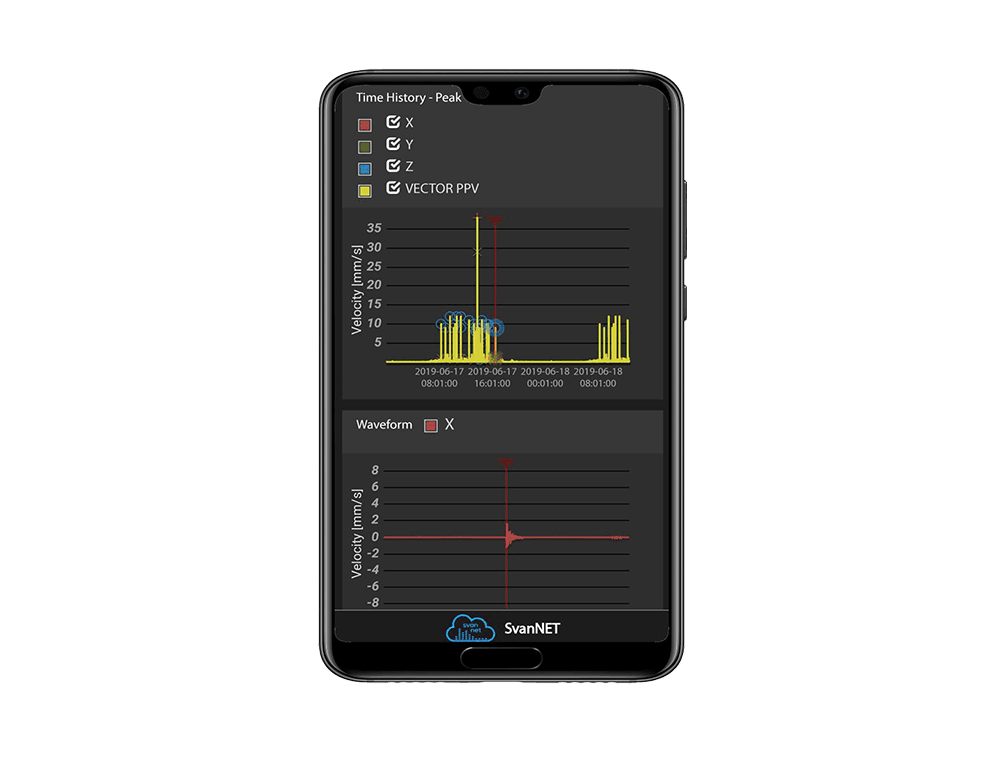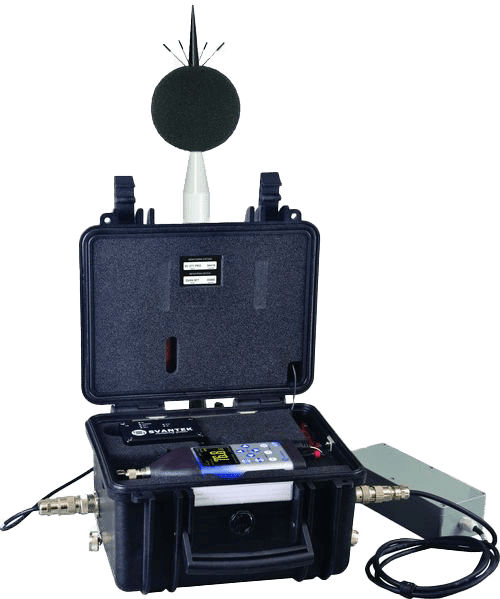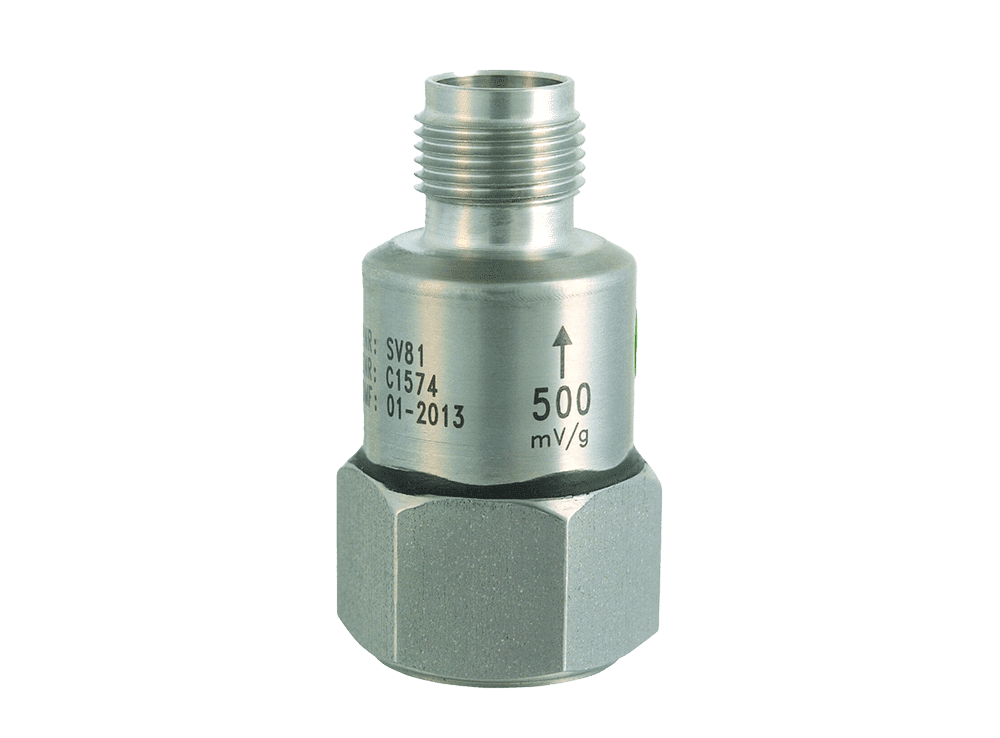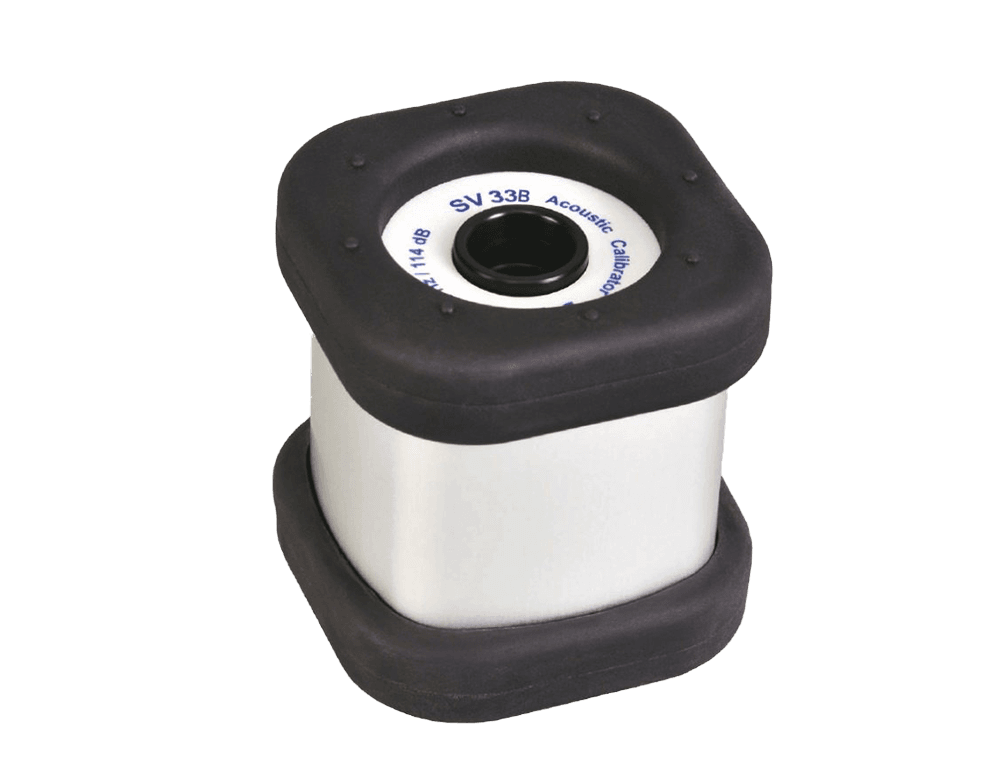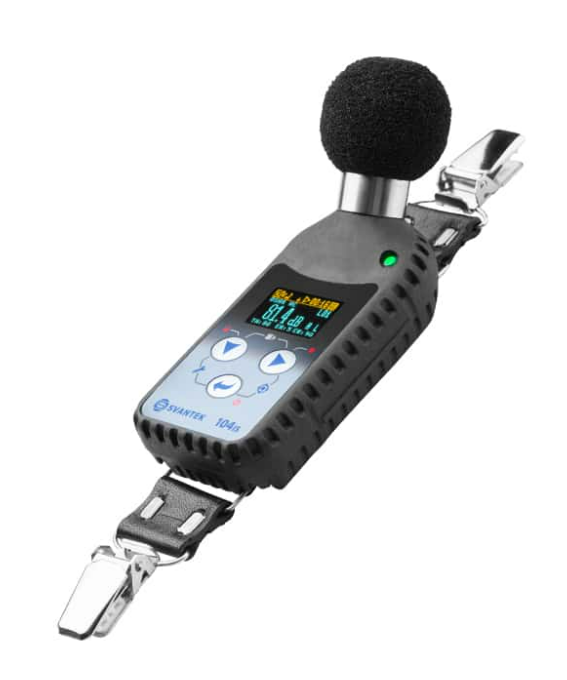Advances in computing and communications technology have allowed for a shift in approach when it comes to measuring environmental noise. The speed of change has meant that there are no current standards that apply for a lot of systems that are used, or that a cumbersome and potentially expensive fudge is required for these systems to be able to claim conformance with a specific standard.
For the purpose of this article there are two separate categories of system that need to be considered. These are sound level meters (SLMs) and sound monitoring systems (SMSs).
SLMs have been around for decades, they have well-defined performance and should be covered by fully appropriate standards such as IEC 61672. They generally consist of a hand-held unit with on-board processing, a display and a high-quality condenser microphone and preamplifier. Increasingly, they also have some data logging and transmission features.
SMSs are distributed systems typically with a microphone, local processing unit, and some means of data transmission (Wi-Fi, 4G etc) at the point of measurement with data stored in a cloud where further processing can take place and feed a web-based display. There are many variations on this theme with some systems performing machine learning at the node, whilst others monitor a single broadband level as part of a sensing platform that includes other measurands such as air quality, light and parking availability. The components used to make these systems have a wide variety in quality and cost. The key advantage of using this type of system is they are much more flexible in the number of points, length of measurement campaign, or indeed, what they are measuring. The quality of the data measured is very variable though.
For any measurements which require conformance to a standard such as aviation noise or planning compliance there is no choice but to use a type approved SLM, at least for that aspect of the measurement campaign. It is entirely possible to build a distributed network based on type approved equipment and these exist for some critical applications such as airport noise monitoring. This is a very expensive and inflexible option though.
SMSs are mostly suited to measuring noise trends and identifying noise events. Even in these contexts it is important that the quality of the data is considered. It would be very easy to deploy hundreds of sensors using cheap, unverified equipment and end up with terabytes of meaningless data. In designing a monitoring network, consideration must be given to the trade-off between quantity and quality of data.
Some example applications of SMSs include adding real time layers to traffic noise such as the DYNAMAP project in Italy, source localisation and attribution, such as the Crossrail Moorgate construction noise monitoring project in London, and sound identification such as the work undertaken in the SONYC project in New York.
SMSs clearly require some standardisation and this is currently under discussion in a working group of the IEC TC29 electroacoustic standards committee. There has been progress on discussing the flexibility of systems which could be tested, but input from testing laboratories is still required.
Conclusion
From the above, it should be clear that sound level meters are more than just a voltmeter with a microphone plugged in, or similarly, a smartphone with an SLM app! As a professional acoustician, you should be aware of what goes into the design and manufacture of a sound level meter, and how it is not only expedient but essential to invest in credible instrumentation, particularly for legal metrology.
